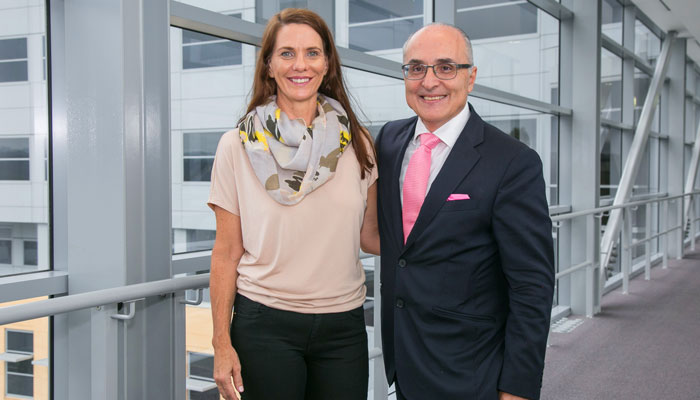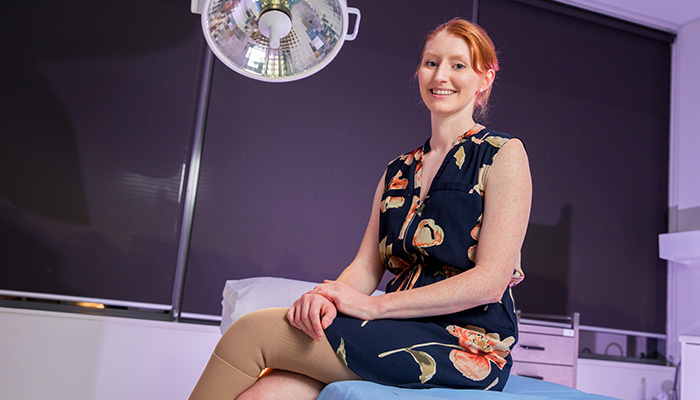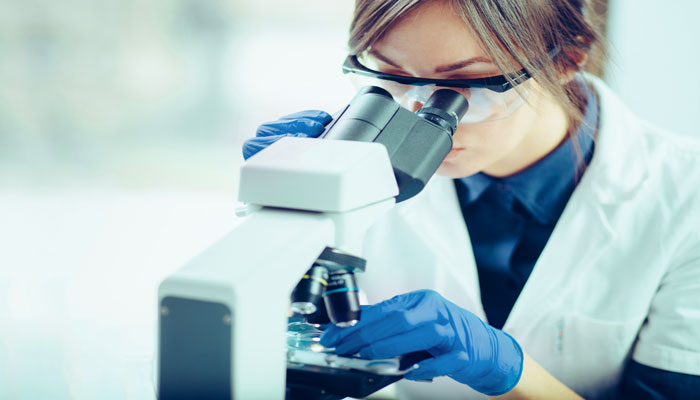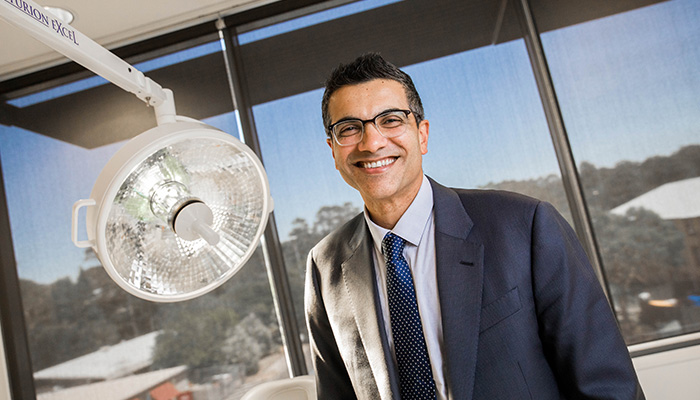In 2015, Sharne Willoughby’s left leg weighed 12 kilograms more than her right leg. After having a radical hysterectomy in 2002 to remove cervical cancer, her left foot and then her leg swelled up like a balloon.

Marathons and mountains: Three months after surgery, Sharne - who could not climb the eight steps to Macquarie ALERT Clinic on her first visit - climbed 1390 steps of the Sydney Harbour Bridge and in 2018 ran a half marathon at the Yeppoon Running Festival.
At 34 years old, she had developed secondary lymphoedema: the removal of lymph nodes had blocked her lymphatic system, leading to fluid buildup and swelling of her leg.
She was the first patient with the condition in a leg to be treated at the Australian Lymphoedema Education, Research and Treatment (ALERT) Centre at Macquarie Health in 2015. Three months afterwards, she climbed the Sydney Harbour Bridge, and in the ensuing years lost 65 kilograms and ran five half-marathons.
“I’m very grateful for the life-changing gift of surgery,” Willoughby says. “Before the operation, I could hardly go out of the house. My existence had spiralled into a sad stay-at-home life. I was quite miserable and grumpy.”
I couldn’t go to the beach because I didn’t want to be seen in a swimsuit. I couldn’t go anywhere cold because I couldn’t wear boots.
Willoughby, her husband and six children live in central Queensland. “There were no doctors or therapists or anyone who knew anything about my condition. My life changed dramatically for the worse,” she says. “I could only wear wide-leg pants and thongs on my feet. I couldn’t fit into shoes and always wore thongs. I gained more than 40 kilograms.”
On the edge of depression
Most of all over the next 10 years, the lymphoedema damaged her self-image and confidence. “I couldn’t go to the beach because I didn’t want to be seen in a swimsuit. I couldn’t go anywhere cold because I couldn’t wear boots. We stopped going away on holiday. We stopped going out. I think was on the edge of being depressed.”
Willoughby eventually found the ALERT Centre on the internet and got in touch with the director, Professor John Boyages, and asked if he’d take her on. At this stage, the centre had only performed liposuction on arms but never legs.

Gift of surgery: Sharne Willoughby with ALERT Centre Director, Professor John Boyages.
“Before we do a new procedure, we always get mentorship from someone with deep knowledge in the area,” says Boyages. So he contacted Dr Håkan Brorson from Lund University in Sweden, the inventor of liposuction for lymphoedema.
“Håkan looked at photos of Sharne’s leg via Skype and said maybe it wasn’t the best case for us to take on because it would be the second biggest leg he would have done surgery on in his whole career!” Professor Boyages says.
“So I was very nervous but Sharne was all booked in and there was no turning back. We went ahead and our plastic surgeon Dr Lam completed the operation in just over four hours.”
Sydney Harbour Bridge climb three months after surgery
Three months after the operation, Boyages was really impressed when Willoughby sent him a video of her climbing the Sydney Harbour Bridge. “She couldn’t climb the eight steps to our clinic before surgery and here she was just months later climbing 1390 steps,” he says.
We are referred horror stories every week for advice. Many of these are young people and the social isolation they face is awful.
Since 2012, the ALERT Centre has performed liposuction on 89 patients; 80 per cent with secondary lymphoedema and 20 per cent with primary lymphoedema, a genetic dysfunction of the lymphatic system. Half of ALERT’s patients had liposuction on their legs and half on their arms, 80 were women and 9 men. The average age was 55 but the youngest was 16 and the oldest was 83.
One of the centre’s goals is to fundraise to assist more public patients or patients who can’t afford the gap. Boyages has applied to the NSW government for funding to increase public patients’ access to Macquarie University Hospital.
“We are referred horror stories every week for advice,” he says. “One person developed lymphoedema after a gunshot wound; another developed scrotal lymphoedema. Many of these are young people and the social isolation they face is awful. They need an operation but the public health system doesn’t have the resources or expertise.”
Willoughby has annual checkups at the ALERT Centre and has to wear a compression garment on her leg. Other than that she leads a normal life. “I am a primary school teacher and I can now get down on the carpet with my students. I also have a ridiculously large shoe collection – well I couldn’t wear shoes for years,” she says.
- Professor John Boyages is Director, ALERT, Department of Clinical Medicine



